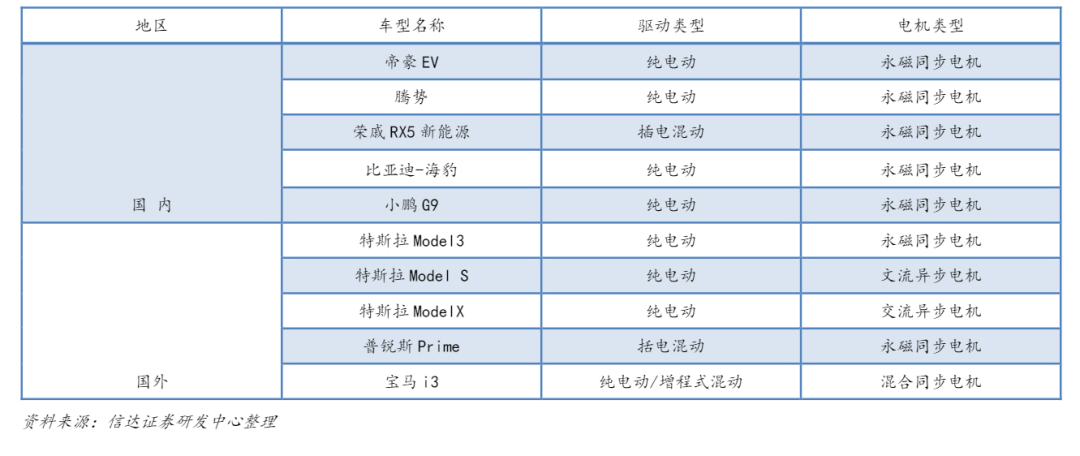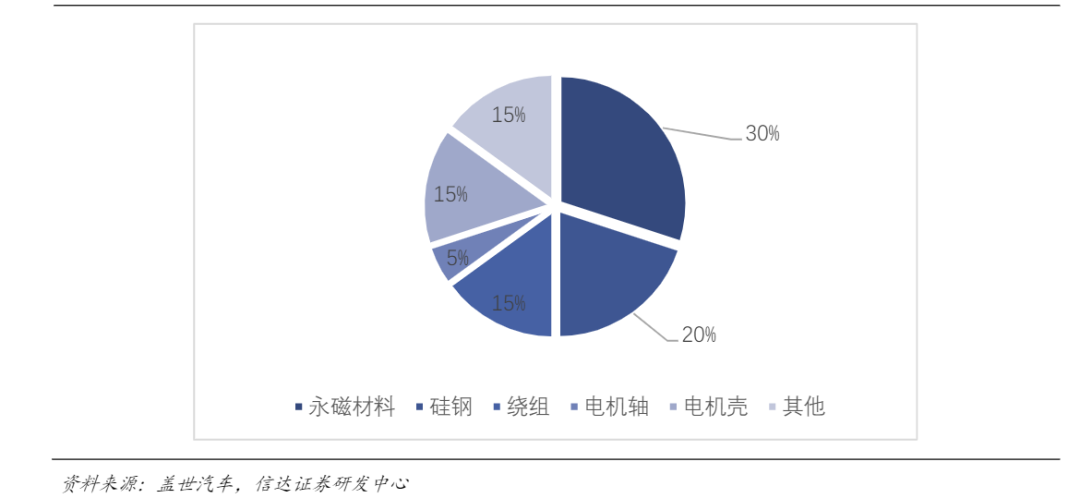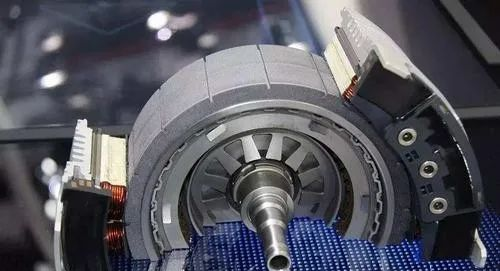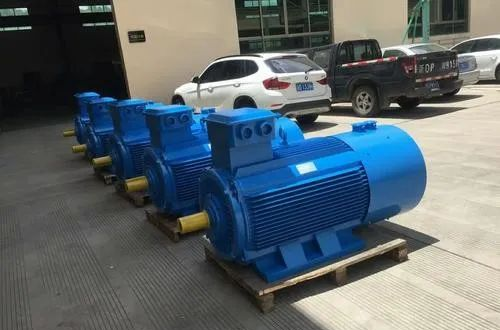Why does the permanent magnet synchronous motor become the main drive motor?
Date:2023-10-28 Author:Shandong Xinda Motor Co., Ltd.



-
Models that choose AC asynchronous motors tend to give priority to performance, taking advantage of the performance output and efficiency advantages of AC asynchronous motors at high speeds. The representative model is the early Model S. Main features: When the car is driving at high speed, it can maintain high-speed operation and efficient use of electric energy, reducing energy consumption while maintaining maximum power output;
-
Models that choose permanent magnet synchronous motors tend to prioritize energy consumption and utilize the performance output and efficient operation of permanent magnet synchronous motors at low speeds, making them suitable for small and medium-sized cars. Its characteristics are small size, light weight, and extended battery life. At the same time, it has good speed regulation performance and can maintain high efficiency when faced with repeated starts, stops, accelerations and decelerations.

Permanent magnet synchronous motors have become the main drive motors in the pure electric passenger car market.
Judging from the selection of motors for mainstream models at home and abroad, new energy vehicles launched by domestic SAIC Motor, Geely Automobile, Guangzhou Automobile, BAIC Motor, Denza Motors, etc. all use permanent magnet synchronous motors. Permanent magnet synchronous motors are mainly used in China. First, because permanent magnet synchronous motors have good low-speed performance and high conversion efficiency, which are very suitable for complex working conditions with frequent starts and stops in urban traffic. Second, because of the neodymium iron boron permanent magnets in permanent magnet synchronous motors. The materials require the use of rare earth resources, and my country has 70% of the world's rare earth resources, and the total output of NdFeB magnetic materials reaches 80% of the world, so China is more keen on using permanent magnet synchronous motors.
Foreign Tesla and BMW use permanent magnet synchronous motors and AC asynchronous motors to develop collaboratively. From the perspective of application structure, permanent magnet synchronous motor is the mainstream choice for new energy vehicles.































 XINDA
XINDA